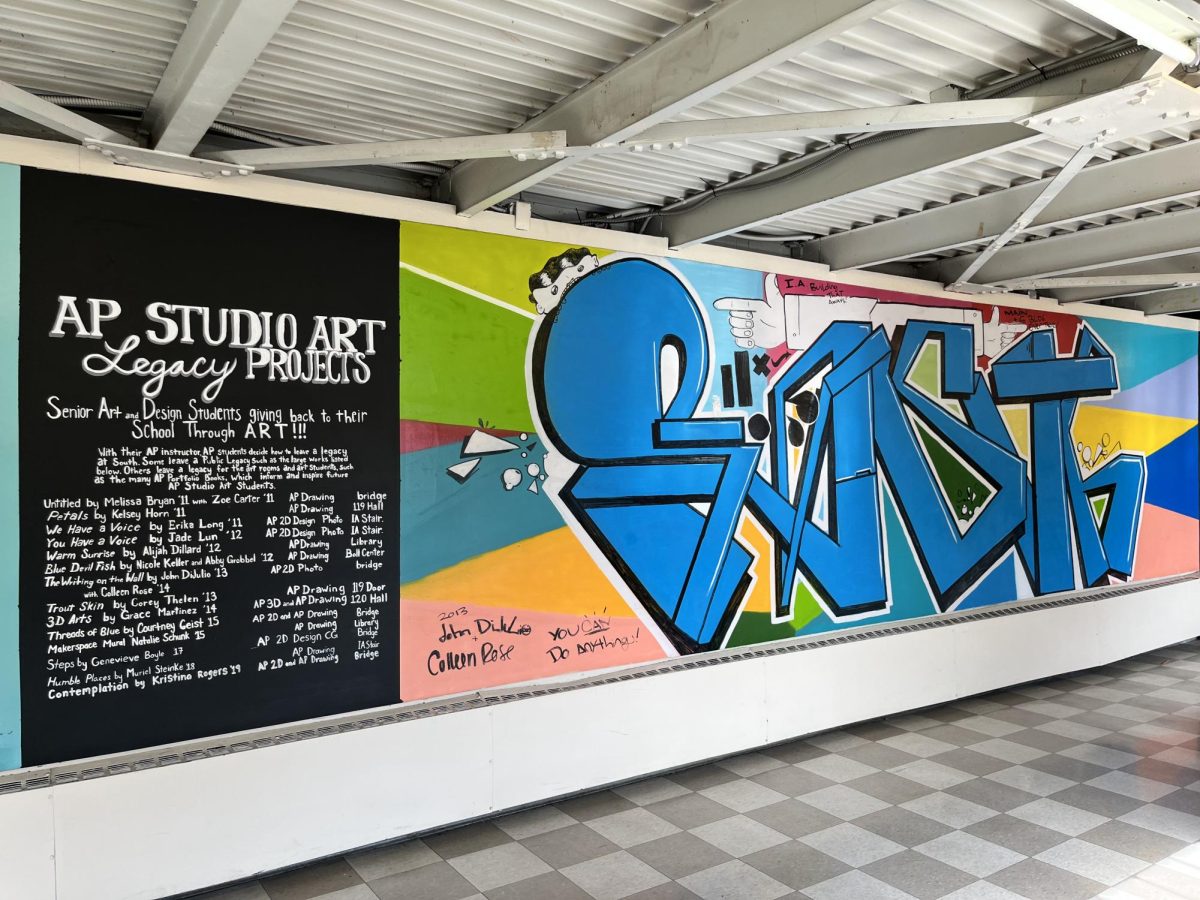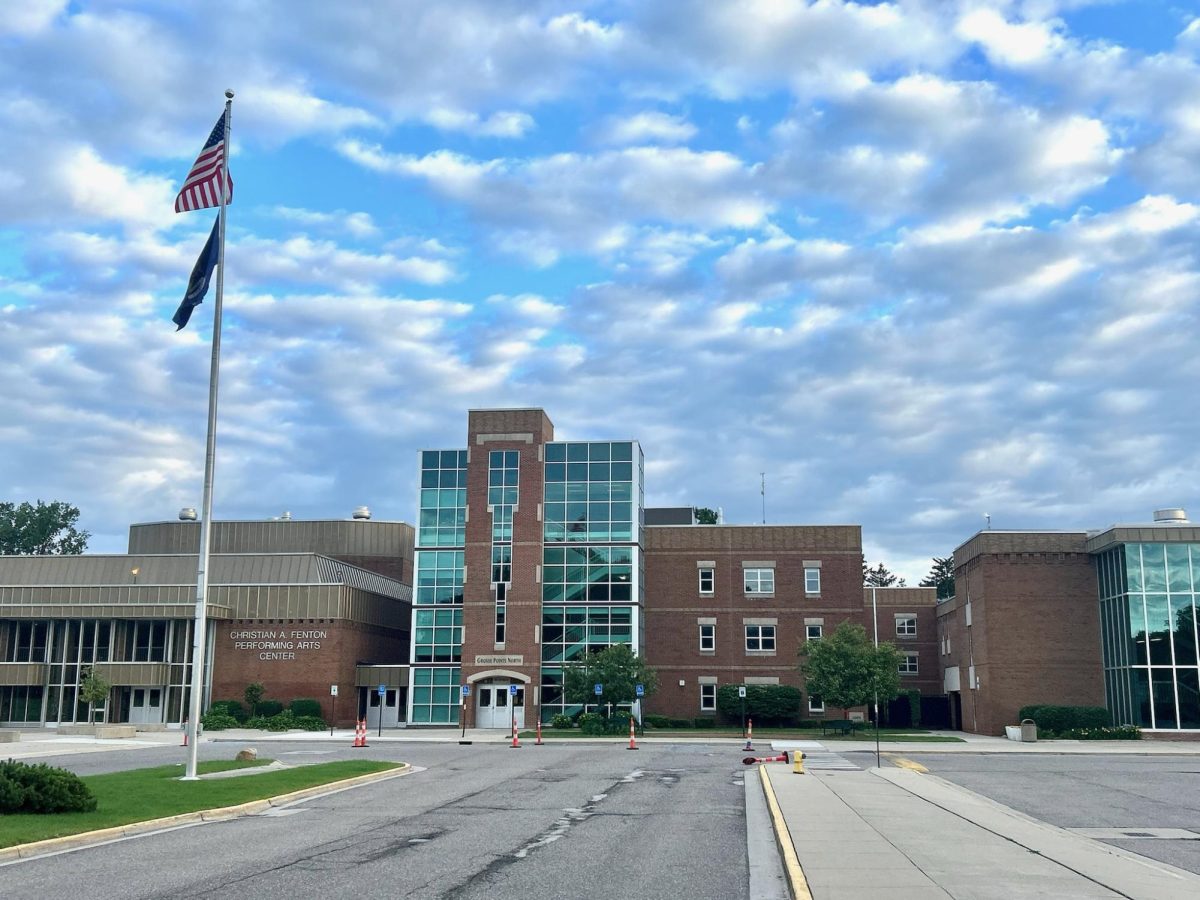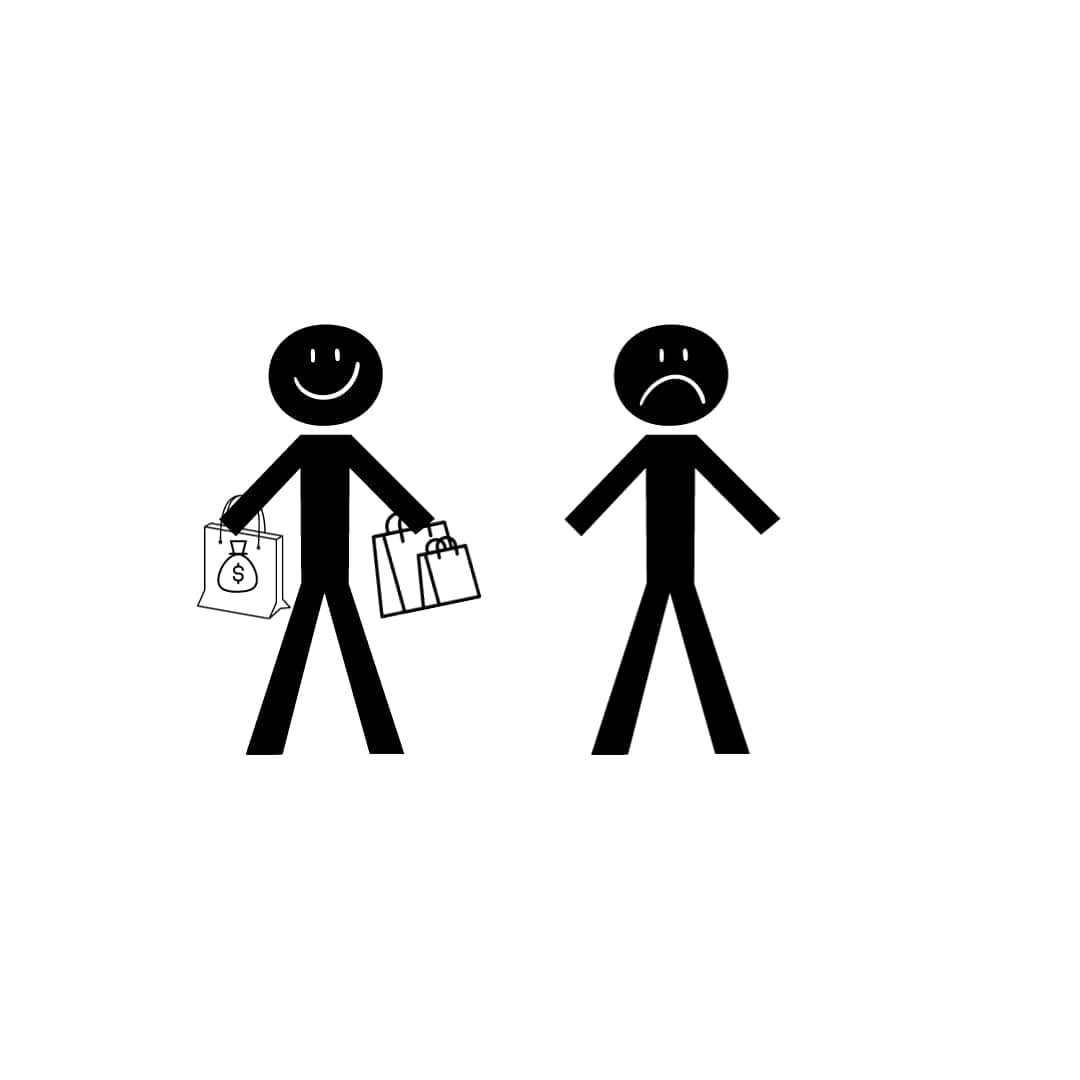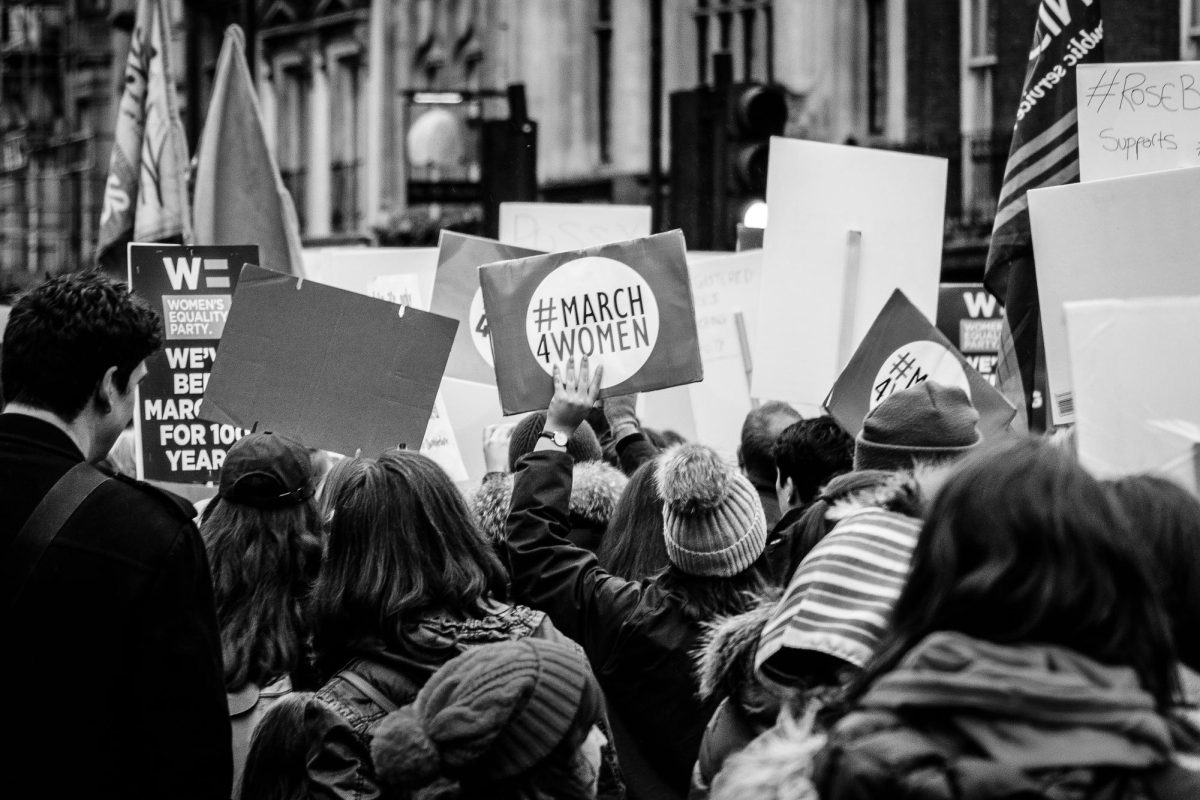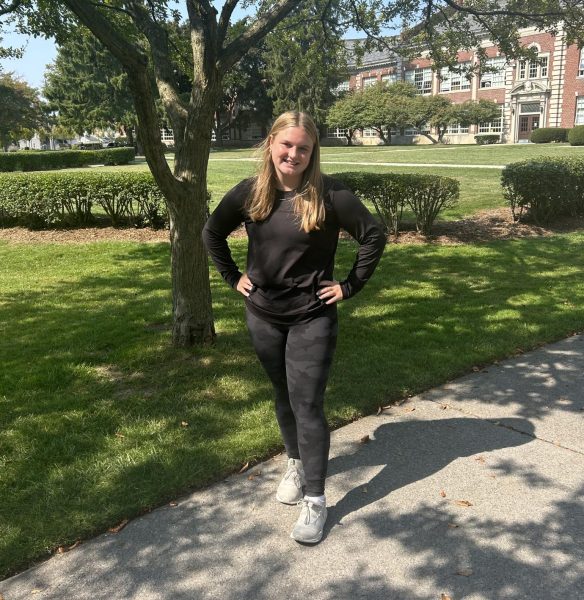Walking into a thrift store, you see bins, racks and shelves stocked with clothing anywhere from 30 years ago to the present date, or vintage to fresh. All that comes to mind is how many “trendy” clothes you can get for such a low price. Although it is exciting, all of the people from wealthier neighborhoods such as Grosse Pointe, are taking away from the less fortunate. Over time, thrifting has become a more popular shopping site among the younger generation.
With its original intention of creating a more ethical option for less fortunate communities, it has turned into a hot spot where wealthier people stock up on as many trendy clothes as possible. The people who used to donate mass clothing, are now the ones purchasing most of it. This drawback of the inventory is limiting the access of getting clothes at a lower price for people who truly need them or rely on them. It’s the very difference between wealthy people seeing thrifting as a want or a fun activity, but less fortunate seeing it as a necessity.
Another main purpose of a thrift store was for used clothing to be marketed at a lower
price, but now it has turned into people reselling clothes for profit. This is another point of the original intention being ruined. Wealthier people, who are following social media trends, are part of this issue. Buying a piece of clothing or two is ethical for anyone, but the privileged going constantly to have a spree on the new stock, is not ethical. Although younger people, like high school students, find thrifting as a cheaper option.
There are many other ways to obtain trendy clothes for a better price without taking away thrifting opportunities for less wealthy people. An example is the Grosse Pointe Mom Swap, where people within our community trade each other’s clothing items for reduced prices.





